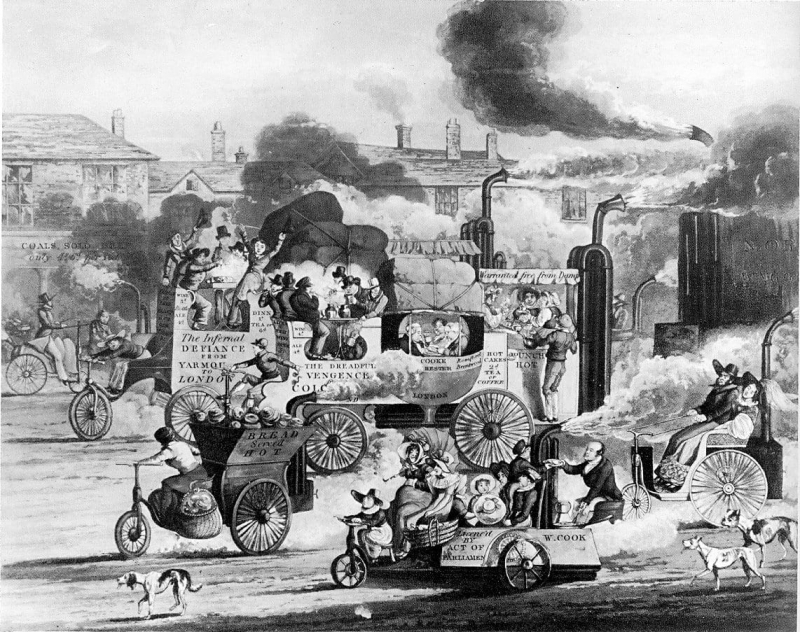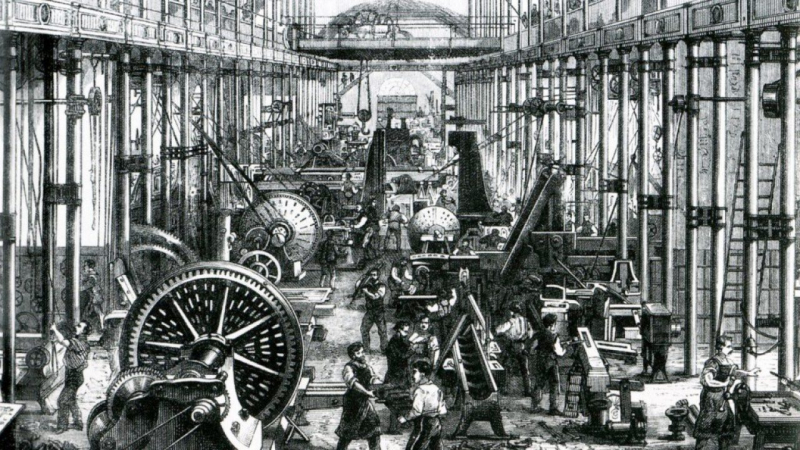The modern factory system
Another effect of the Industrial Revolution is that it had an impact on the modern factory system. The majority of the workforce worked in agriculture prior to the Industrial Revolution, either as independent farmers, landowners, tenants, or landless agricultural laborers. Families were accustomed to spinning yarn, weaving cloth, and creating their own clothing. For market output, households also spun and woven. The majority of the cotton cloth used in the world at the time was manufactured in India, China, and various Middle Eastern and Asian regions, while Europeans produced wool and linen goods.
By the 16th century, the putting-out system—often referred to as a cottage industry—which allowed farmers and town residents to create things for a market in their homes—was being used in Britain. Spinning and weaving were typical putting-out system products. Typically, merchant capitalists supplied the raw materials, paid employees by the piece, and handled the selling of the products. Poor quality and employee theft of supplies were frequent issues. The putting-out approach had additional drawbacks related to the logistical effort required for obtaining, distributing, and taking up finished goods. Cottagers could afford some early weaving and spinning equipment, such as a 40-spindle Jenny that cost about six pounds in 1792. Because later machinery like spinning frames, spinning mules, and power looms was costly (especially if they were powered by water), capitalism came to control companies.
During the Industrial Revolution, unmarried women and children, including many orphans, made up the majority of the workforce in textile factories. On average, they put in 12 to 14 hours a day, with just Sundays off. Women frequently accepted seasonal jobs in factories during the slow seasons of farming. It was challenging to find and keep employees because of inadequate transportation, long hours, and low compensation. Many people who were forced to work in factories included displaced farmers and agricultural workers who had nothing to sell but their labor.









